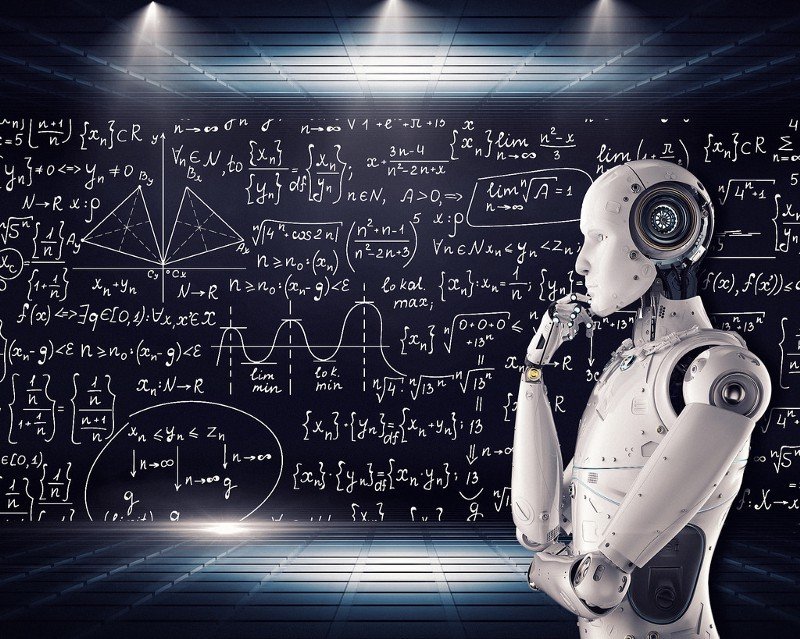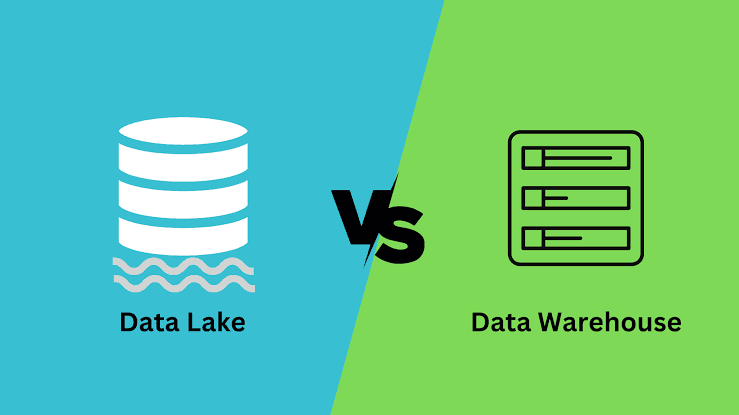Machine learning is transforming the way we live, work, and think. From recommending the next binge-worthy series on Netflix to detecting fraud in real-time financial transactions, machine learning algorithms silently power a staggering number of modern applications. Behind every intelligent system lies a core engine — an algorithm — that learns from data, discovers patterns, and makes predictions.
But with hundreds of algorithms out there, which ones truly matter? Which ones form the foundation that every aspiring data scientist should master?
This article takes you on a deep yet accessible journey through ten of the most essential machine learning algorithms. These are the classics, the workhorses, and the cutting-edge tools that have shaped the field and continue to drive innovation. Whether you’re just getting started or looking to sharpen your understanding, buckle in. We’re going deep — no fluff, just knowledge, brought to life with engaging stories, clear explanations, and real-world context.
1. Linear Regression: The Grandfather of Predictive Modeling
Let’s begin with linear regression, the simplest and perhaps the most elegant algorithm in the machine learning toolkit. Don’t let its simplicity fool you — it’s still a cornerstone of modern analytics.
At its core, linear regression attempts to draw a straight line through data points in such a way that the line best represents the trend. Imagine plotting housing prices against square footage. A linear regression model would find the line that best fits the pattern between those two variables — usually using a method called “least squares,” which minimizes the error between actual and predicted values.
But there’s beauty under the hood. Linear regression introduces concepts such as bias, variance, coefficients, and residuals — the foundational language of model interpretation. When used correctly, it provides not only predictions but also insights.
Modern-day data science still leans on linear regression for forecasting, feature importance estimation, and benchmarking. Its interpretability, scalability, and computational efficiency make it an enduring favorite.
2. Logistic Regression: Classification with a Twist
Despite its name, logistic regression is not about predicting continuous values but about classifying discrete outcomes — like spam or not spam, pass or fail, disease or no disease.
What makes logistic regression fascinating is how it blends simplicity with mathematical sophistication. Instead of fitting a straight line, it fits an S-shaped curve — the logistic function — which outputs probabilities between 0 and 1. By setting a threshold (usually 0.5), it converts probabilities into class labels.
The math involves transforming linear combinations of features using the log-odds (logit) function. This makes logistic regression an excellent teaching tool for understanding log-likelihood, cost functions, and gradient descent.
Despite the rise of more complex models, logistic regression is still widely used in domains where interpretability is crucial — medicine, finance, and social sciences, to name a few.
3. Decision Trees: Machines That Mimic Human Decisions
Imagine you’re playing a game of 20 Questions, narrowing down possibilities with each query. That’s how a decision tree works. It asks a series of questions about the input data and follows a branching structure to reach a final decision.
Decision trees split data based on criteria that maximize information gain or reduce impurity (using metrics like Gini Index or entropy). For instance, in a dataset of loan applicants, a decision tree might first ask, “Is the credit score above 700?” Depending on the answer, it continues branching until it reaches a classification or regression outcome.
Their appeal lies in their transparency. Unlike neural networks, you can visualize and understand every decision path a tree takes. This makes them invaluable in domains like healthcare, where explainability is non-negotiable.
However, decision trees are prone to overfitting. That’s why they often serve as the building blocks for more powerful ensemble methods like Random Forest and Gradient Boosting.
4. Random Forest: The Wisdom of the Crowd
What happens when you gather hundreds or thousands of decision trees and let them vote on the outcome? You get a random forest — a powerful, ensemble-based machine learning algorithm known for its accuracy, robustness, and ability to handle high-dimensional data.
The principle behind random forests is simple yet profound: individual trees may be weak learners, but together, they become a strong learner. By training each tree on a random subset of data and features, random forests ensure diversity among models, which reduces variance and improves generalization.
One of its biggest advantages is feature importance ranking. Random forests can tell you which features are most influential in making predictions, helping with feature selection and model interpretation.
Despite being somewhat of a black box, random forests remain a top choice in many Kaggle competitions and industry applications due to their near-universal applicability and reliability.
5. Support Vector Machines: The Edge of the Margin
Support Vector Machines (SVMs) are one of the most mathematically elegant and geometrically inspired algorithms in machine learning. They’re designed to find the optimal boundary — the hyperplane — that best separates classes in the feature space.
What makes SVMs powerful is their use of support vectors — data points that lie closest to the decision boundary. By maximizing the margin between classes, SVMs aim for a decision boundary that is robust and generalizable.
Even more fascinating is the kernel trick. This mathematical technique allows SVMs to transform data into higher-dimensional spaces where it becomes linearly separable. Thanks to kernels like the radial basis function (RBF), SVMs can model complex nonlinear relationships.
While SVMs can be computationally expensive, especially with large datasets, they shine in scenarios with clear margins of separation and smaller feature sets — like text classification or image recognition.
6. K-Nearest Neighbors: Learning by Proximity
K-Nearest Neighbors (KNN) takes a lazy, intuitive approach to learning. It doesn’t create an explicit model. Instead, it memorizes the training data and classifies new data points based on the majority vote of their closest neighbors.
It’s like moving to a new neighborhood and making assumptions about your neighbors based on the people who live closest to you. If most of them drive electric cars, you’re likely in a green-conscious area.
KNN is easy to implement and interpret, but it’s not without drawbacks. It can be computationally expensive with large datasets and sensitive to irrelevant features and the choice of K.
Nonetheless, it’s a great tool for classification and regression in low-dimensional spaces and provides an excellent introduction to the concept of distance metrics — Euclidean, Manhattan, Minkowski — and their impact on model performance.
7. Naive Bayes: The Power of Probabilistic Reasoning
Naive Bayes is a family of probabilistic classifiers based on Bayes’ Theorem, assuming independence between features — hence the term “naive.” Despite this simplistic assumption, Naive Bayes often performs surprisingly well in real-world tasks, especially in text classification.
At its core, it calculates the posterior probability of each class given the input features and selects the class with the highest probability. In practice, it’s incredibly fast, works well with high-dimensional data, and doesn’t require a lot of training data.
For instance, in spam detection, Naive Bayes can quickly determine the likelihood that an email is spam based on the frequency of words like “win,” “prize,” or “urgent.”
While more sophisticated models may outperform it on some tasks, Naive Bayes remains a practical choice for baseline models and rapid prototyping.
8. K-Means Clustering: Finding Patterns in the Chaos
K-Means is one of the most popular unsupervised learning algorithms. Its job is to group data into K distinct clusters based on similarity, often measured by distance.
Imagine dropping pins randomly on a scatterplot and then moving them iteratively so that they minimize the distance to the data points around them. Each pin becomes a “centroid” of a cluster. The algorithm repeats this until convergence — a stable configuration where the centroids no longer move.
K-Means is intuitive and computationally efficient, making it ideal for market segmentation, customer profiling, document clustering, and more.
However, it assumes that clusters are spherical and of similar sizes, which isn’t always the case. Choosing the right number of clusters (K) is also nontrivial and typically guided by techniques like the elbow method or silhouette score.
Despite its limitations, K-Means remains a go-to method for exploring structure in unlabelled data.
9. Principal Component Analysis (PCA): The Lens of Dimensionality Reduction
PCA isn’t a predictive algorithm in the traditional sense — it’s a powerful technique for reducing the dimensionality of data while preserving as much variance as possible.
Think of PCA as a mathematical lens that rotates and reshapes your data into new axes (principal components) that are uncorrelated and ordered by the amount of variance they capture. The result? You can represent high-dimensional data in just a few dimensions with minimal loss of information.
This is critical in real-world datasets where the curse of dimensionality — too many features and too little data — can hinder model performance.
PCA is used for data visualization, noise reduction, and as a preprocessing step for other algorithms. In domains like image compression, genomics, and finance, it helps reveal latent structure and hidden relationships.
Understanding PCA also offers a gateway to linear algebra concepts like eigenvalues, eigenvectors, and singular value decomposition — foundational tools for advanced machine learning and deep learning.
10. Gradient Boosting Machines: The Champions of Predictive Modeling
Gradient Boosting Machines (GBMs) represent the cutting edge of supervised learning. They combine the predictive power of multiple weak learners — typically shallow decision trees — into a single strong model through a process called boosting.
Unlike random forests, which build trees independently, GBMs build trees sequentially, each one trying to correct the errors of its predecessor. The model gradually improves by minimizing a loss function using gradient descent — hence the name.
Variants like XGBoost, LightGBM, and CatBoost have taken the machine learning world by storm, offering blazingly fast, highly accurate, and scalable solutions.
These models dominate Kaggle competitions, financial forecasting, and any domain where predictive performance is paramount. While they require careful tuning and can be less interpretable than simpler models, their power is undeniable.
Learning GBMs opens the door to advanced concepts like regularization, shrinkage, early stopping, and custom loss functions — essential tools in the arsenal of any expert data scientist.
Conclusion: Algorithms Are Tools — Intuition Is Power
These ten algorithms form the backbone of modern machine learning. Each one has its strengths, weaknesses, and ideal use cases. Mastering them doesn’t mean memorizing code or formulas — it means understanding the intuition behind them, recognizing when to use them, and knowing how to interpret their results.
Data science is as much an art as a science. It’s about asking the right questions, understanding the data, and using algorithms as tools to uncover truth and create value. The field is evolving rapidly, with new methods like deep learning and reinforcement learning pushing the boundaries of what’s possible.
But even as the landscape shifts, these ten algorithms remain timeless. They’re not just stepping stones; they’re pillars. Learn them well, and you’ll have a solid foundation to build a career, solve real-world problems, and participate in one of the most exciting scientific revolutions of our time.






